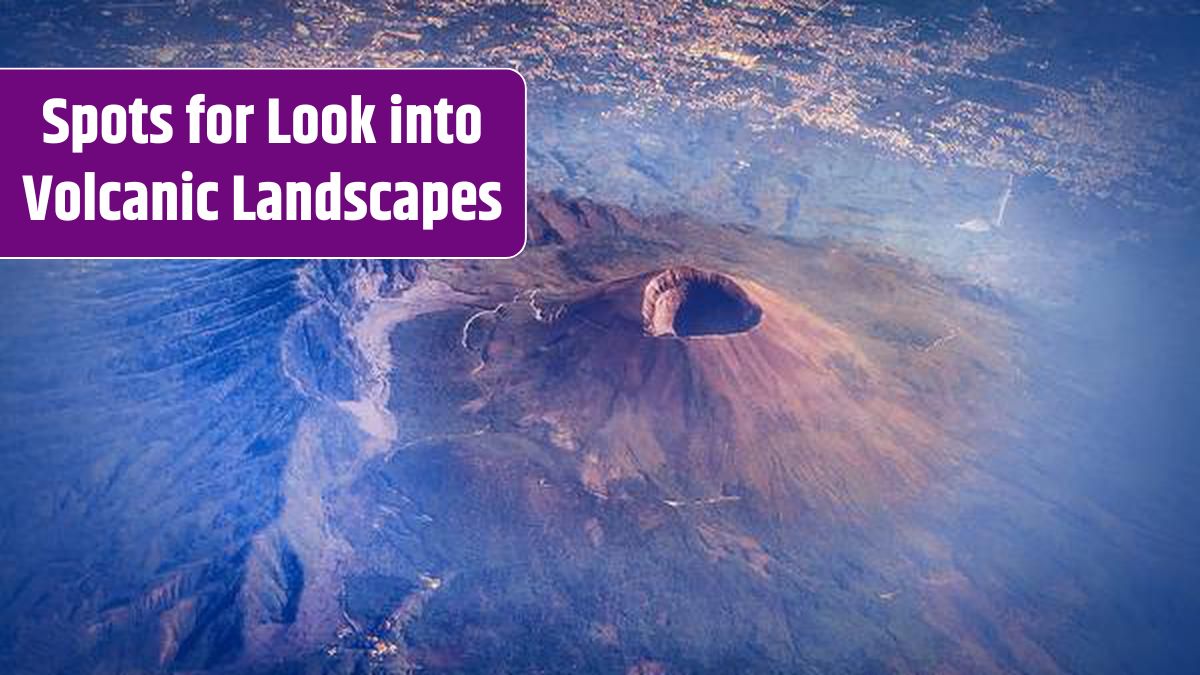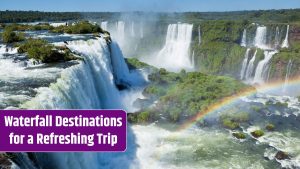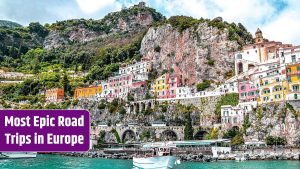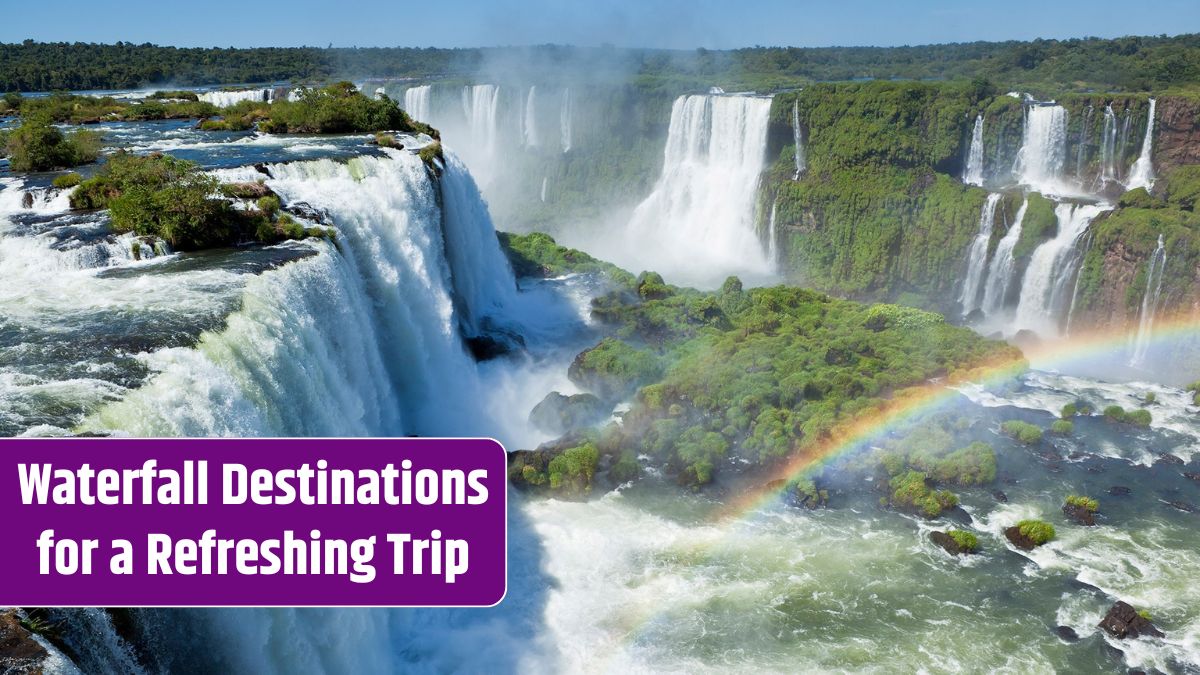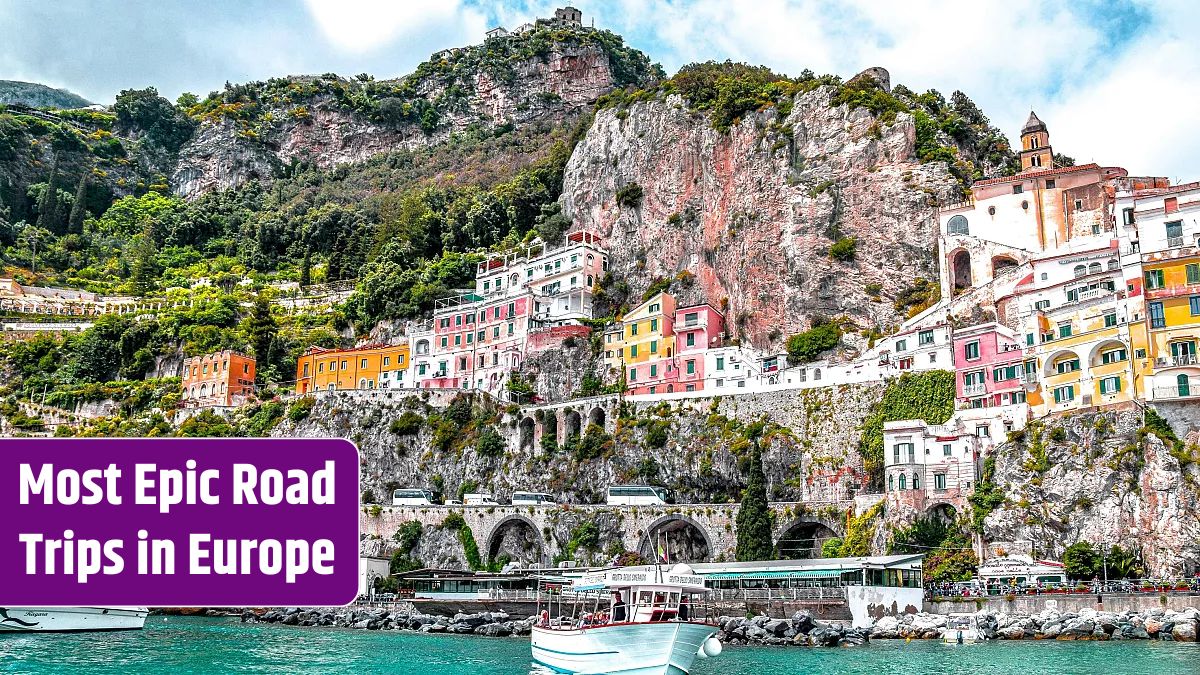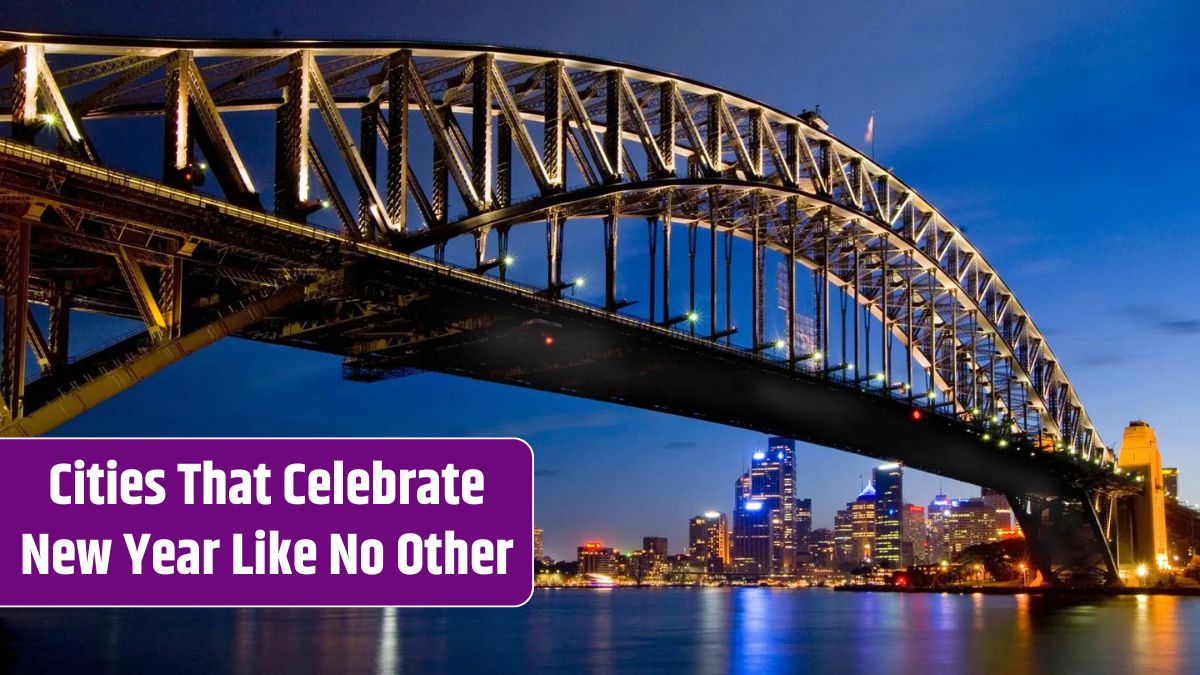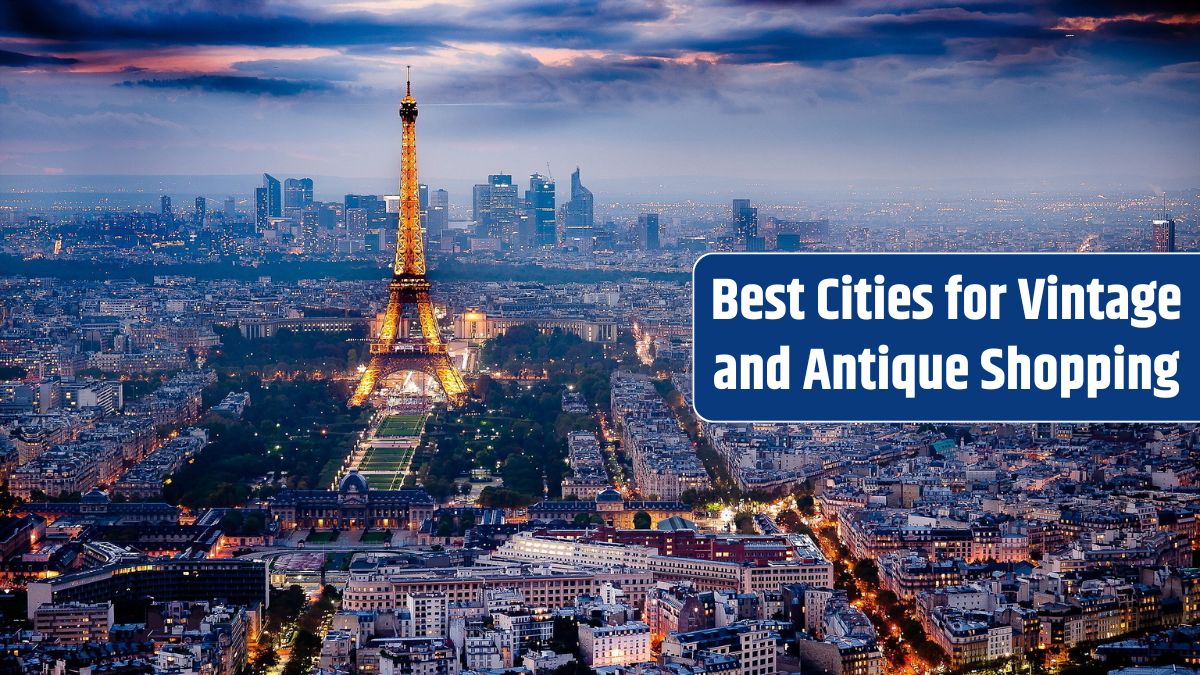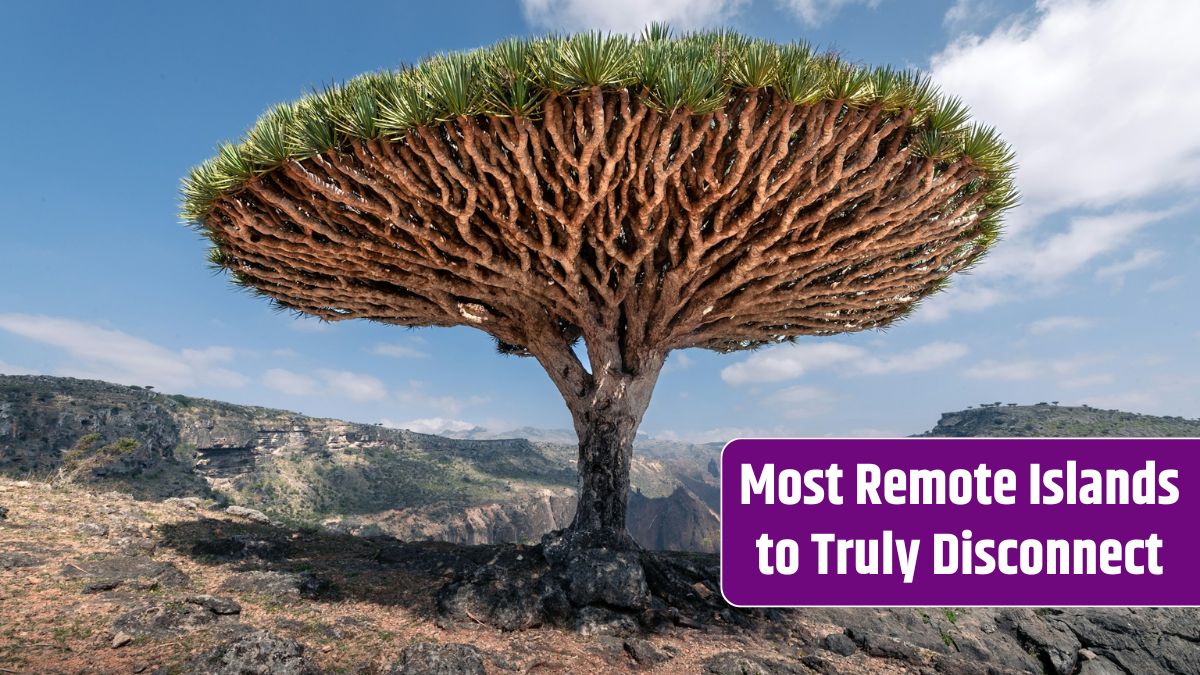Volcanic landscapes are among nature’s most awe-inspiring sights, offering a glimpse into Earth’s fiery past and present. These destinations boast dramatic craters, molten lava fields, and rugged terrains, creating unforgettable experiences for adventurers and nature lovers. Here are three of the top spots to immerse yourself in the beauty of volcanic landscapes.
Table of Contents
Mount Etna (Italy)
Located on the island of Sicily, Mount Etna is Europe’s tallest and most active volcano. It offers a mix of thrilling adventures and incredible views of the surrounding Mediterranean landscape.
- Why It’s Special:
- Frequent eruptions create ever-changing landscapes of lava fields and craters.
- Hiking trails take you through barren lava deserts and lush vineyards.
- Scenic cable car rides provide panoramic views of the summit.
- Best Time to Visit: May to October for pleasant weather and accessible trails.
Pro Tip: Join a guided tour to safely look into the summit and learn about the volcano’s history.
Kilauea (Hawai’i, USA)
Kilauea, located within Hawai’i Volcanoes National Park, is one of the world’s most active volcanoes. It offers visitors a chance to witness glowing lava flows and steam vents in an otherworldly setting.
- Why It’s Special:
- Lava flows that create new land and stunning nighttime displays.
- Look into the Thurston Lava Tube, a tunnel formed by molten lava.
- The park includes Mauna Loa, the world’s largest volcano by volume.
- Best Time to Visit: April to November for drier weather and more comfortable hiking conditions.
Pro Tip: Visit the Jaggar Museum for educational exhibits and excellent views of the Halemaʻumaʻu Crater.
Landmannalaugar (Iceland)
Landmannalaugar, located in the Icelandic Highlands, is renowned for its colorful rhyolite mountains and geothermal activity. This area showcases a dramatic volcanic landscape that feels otherworldly.
- Why It’s Special:
- Vibrant mountains with hues of red, orange, green, and yellow.
- Natural hot springs perfect for soaking after a long hike.
- Hiking trails, such as the Laugavegur Trail, that traverse lava fields and volcanic craters.
- Best Time to Visit: June to September when roads and trails are accessible.
Pro Tip: Bring sturdy boots and waterproof clothing to handle Iceland’s unpredictable weather.
Cost Comparison
Here’s a breakdown of average travel costs for looking into these volcanic destinations:
| Destination | Accommodation (Per Night) | Tours (Per Person) | Transport |
|---|---|---|---|
| Mount Etna | $50–$200 | $50–$150 | $50–$100 (car rental/taxi) |
| Kilauea, Hawaii | $100–$400 | $100–$300 | $50–$150 (car rental) |
| Landmannalaugar, Iceland | $100–$300 | $100–$250 | $100–$300 (4×4 rental) |
Tips for Volcanic Landscapes
- Wear Sturdy Shoes
Volcanic terrains can be rugged and uneven, so invest in durable, comfortable hiking boots. - Pack for the Weather
Conditions at volcanic sites can be unpredictable; bring layers, waterproof gear, and sunscreen. - Stay Safe
Always follow local guidelines and stay within designated areas to avoid hazards like unstable ground and toxic gases. - Bring a Camera
These dramatic landscapes are highly photogenic, so capture the unique scenery for lasting memories.
Whether you’re hiking the trails of Mount Etna, witnessing molten lava at Kilauea, or soaking in geothermal hot springs at Landmannalaugar, these destinations offer unforgettable volcanic adventures.
FAQs
Can I see lava flows at Kilauea?
Yes, during active eruptions, glowing lava flows may be visible.
Do I need a guide to hike Mount Etna?
Guides are recommended for safety, especially near the summit.
Is Landmannalaugar suitable for beginners?
Yes, there are trails for all skill levels, but proper gear is essential.
When’s the best time to visit Iceland’s Highlands?
June to September, when roads and hiking trails are accessible.
Can I visit Kilauea year-round?
Yes, Hawai’i Volcanoes National Park is open year-round.
